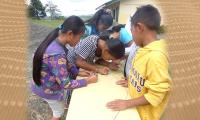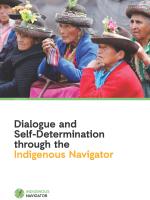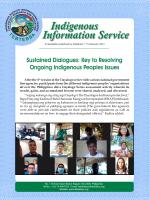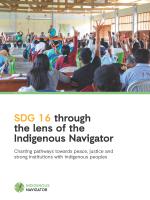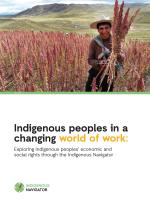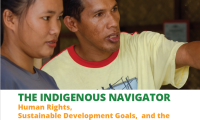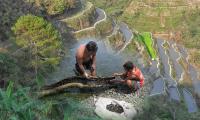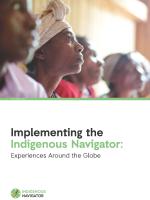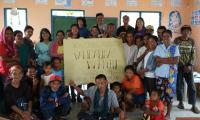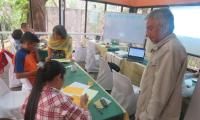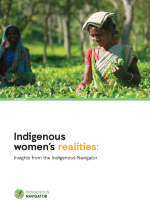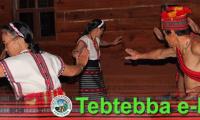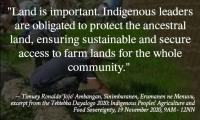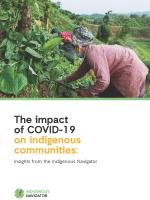Philippines
The population census conducted in the Philippines in 2010 for the first time included an ethnicity variable but no official figure for indigenous peoples has yet come out. The country’s indigenous population thus continues to be estimated at between 10% and 20% of the national population of 100,981,437, based on the 2015 population census.

The indigenous groups in the northern mountains of Luzon (Cordillera) are collectively known as Igorot while the groups on the southern island of Mindanao are collectively called Lumad. There are smaller groups collectively known as Mangyan in the island of Mindoro as well as smaller, scattered groups in the Visayas islands and Luzon, including several groups of hunter-gatherers in transition.
Indigenous peoples in the Philippines have retained much of their traditional, pre-colonial culture, social institutions and livelihood practices. They generally live in geographically isolated areas with a lack of access to basic social services and few opportunities for mainstream economic activities, education or political participation. In contrast, commercially valuable natural resources such as minerals, forests and rivers can be found primarily in their areas, making them continuously vulnerable to development aggression and land grabbing.
Republic Act 8371, known as the Indigenous Peoples’ Rights Act (IPRA), was promulgated in 1997. The law has been lauded for its support for respect of indigenous peoples’ cultural integrity, right to their lands and right to self-directed development of those lands. More substantial implementation of the law is still being sought, however, apart from there being fundamental criticism of the law itself. The Philippines voted in favour of the United Nations Declaration on the Rights of Indigenous Peoples (UNDRIP) but the government has not yet ratified ILO Convention 169.
